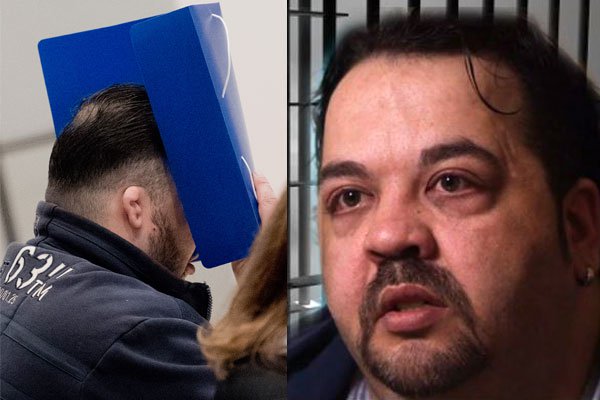The accused allegedly intentionally administered medical overdoses to his patients so he could bring them back to life at the last moment.
In the first big trial in northern city of Oldenburg, when the presiding judge Sebastian Buehrmann asked Hoegel whether the charges against him were factual, he blankly replied “yes”.
“What I have admitted took place,” he remarked.
He however said that he began taking painkillers shortly after becoming a nurse in 1999 as he felt overwhelmed by the job in the intensive care unit.
“It was the stress — I found (the work) easier on medication,”I should have quit.”” he confessed.
“We will do our utmost to learn the truth. It is like a house with dark rooms — we want to bring light into the darkness.”judge Buehrmann said.
The prosecutor then read out name per name of each victim that died in Hoegel ‘s hands and the charges against the defendant.
Prosecutors say at least 36 patients were killed at a hospital in Oldenburg where he worked, and about 64 more at a clinic in nearby Delmenhorst, between 2000 and 2005.
More than 130 bodies of patients who died on Hoegel’s watch have been exhumed, in a case investigators have called “unprecedented in Germany to our knowledge”.
The genesis of the case
Hoegel was red-handedly caught injecting a patient with an unprescribed medication in 2005 in Delmenhorst.
This was the turning point of all the accused’s mischief and in 2008, he was sentenced to seven years in prison for attempted murder.
Due to pressure and complaints of loopholes in the jurisdiction of the previous trial from the patient’s family, a second trial was conducted in 2014-15.
It was during the second trial that Hoegel was found guilty of murder and attempted murder of five other victims and given the maximum sentence of 15 years.
However, he made a blunder that was a precursor of the life sentence. Hoegel confessed to his psychiatrist how he had killed more 30 patients at Delmenhorst.
The confession prompted investigators to dig deep into suspicious deaths in Oldenburg.
Investigators put the toll of the victims in Hoegel’s case at 200 but fear they might never get to know because some bodies were burnt.
Hoegel appears to have followed a similar procedure each time, first injecting a medication that triggered cardiac arrest, followed by an often futile attempt at resuscitation.
Prosecutors say he was motivated by vanity, to show off his skills at saving human lives, and by simple “boredom”.
The choice of victim appears to have been entirely random, with their ages ranging from 34 to 96.



















